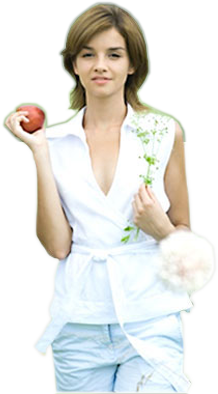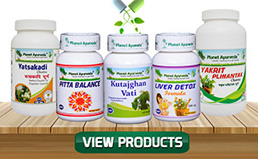Herb - What is Stinging Nettle | Stinging Nettles
Urtica dioica Urticaceae PREPARATION AND DOSAGEFor internal use TO TREAT rheumatic pain, fatigue, poor appetite INFUSION Put 2-4g of dried herb into 1 cup of boiling water. Drink 3 cups a day. For external use TO TREAT skin and scalp conditions IF SYMPTOMS PERSIST CONSULT A DOCTOR Parts used
ConstituentsThe leaves contain both iron and vitamin C - which aids iron absorption. They also contain other minerals, especially calcium, potassium and silicic acid, as well as phenols and flavonoids. The roots are rich in polysaccharides, lecithin, several phenolic compounds and sterols. Medicinal uses'Urtication', or flogging the affected parts with nettles, was an old remedy for painful rheumatic joints. Today, treatment is less brutal. Nettle is prescribed internally as a diuretic as it can increase elimination of sodium and urea, thus helping to ease rheumatic and arthritic conditions. And the leaves are also strongly anti-inflammatory, as shown by German in vitro studies in 1999. A nettle infusion is a good tonic: it stimulates the appetite, provides iron and fights fatigue. The fresh root may help prostate and urination problems: German research in Planta Medica in 2000 observed that the root inhibited the growth of prostate tissue. Italian research in 2002 suggests that root extracts may be useful in reducing blood pressure.Externally, nettle is used for acne, eczema, greasy skin and dandruff. CAUTIONS
CultivationNettles can be cultivated from seed planted in spring in a moist, loamy soil and in sun or light shade. |
Ayurveda Book
This book on Ayurveda is meant for people interested to know about basics concepts of Ayurvedic healing and learn ayurveda concepts. Though there are many books Read More My SitesReal Testimonials
Connect with us |







